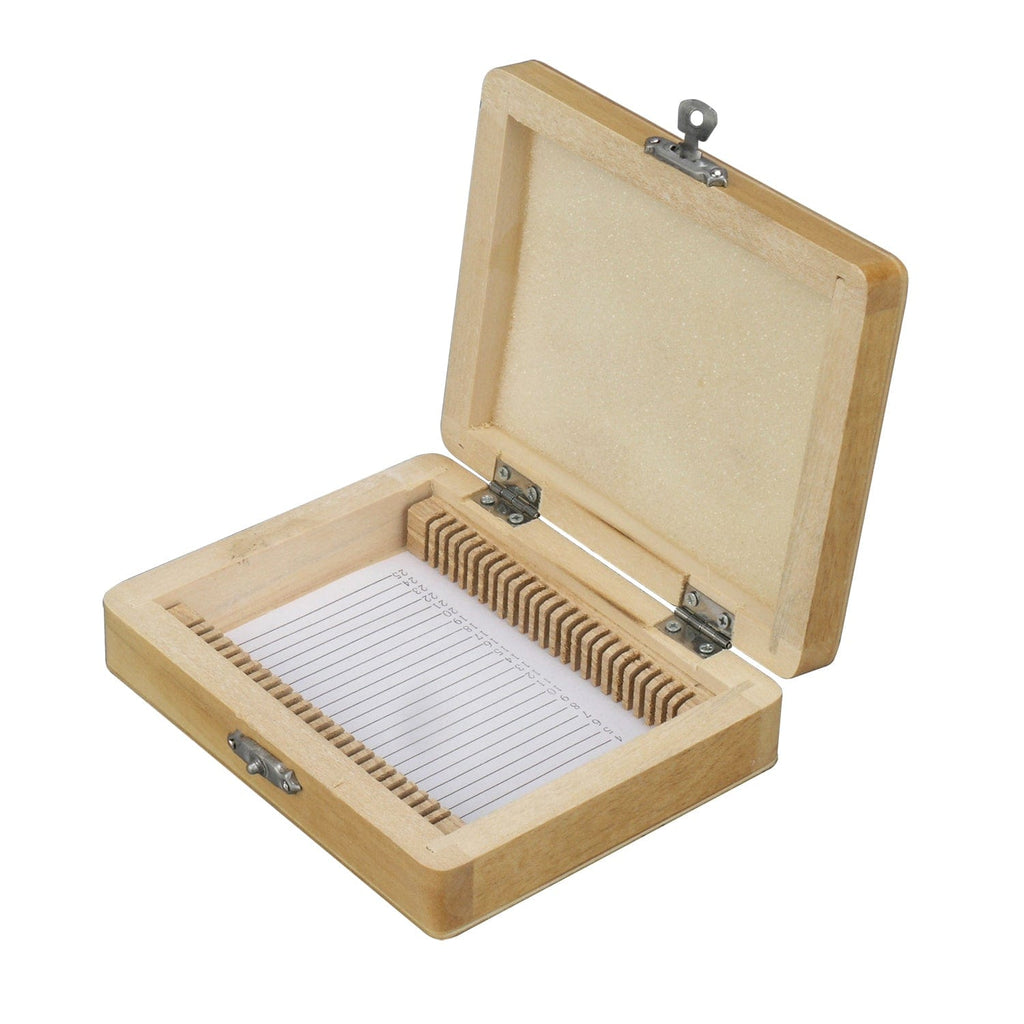Introduction:

Welcome to our comprehensive guide about microscope slides - the versatile tools that allow us to delve into the microscopic world. In this blog, we will walk you through the functions, types, and importance of microscope slides in scientific research and education. So grab your magnifying glass and let's dive into the captivating realm of microscopy!
Keywords: microscope slide, examination, microscope, viewing, slide-mounted objects, labeled, transported, stored, slide cases, folders
Understanding Microscope Slides:
Microscope slides are thin and flat pieces of glass, measuring approximately 75 by 26mm (3 by 1 inches) and 1mm thick. They serve as a platform to hold objects that need to be examined under a microscope. By utilizing microscope slides, scientists, researchers, and educators can observe the intricate details of tiny specimens, cells, or materials that are otherwise invisible to the naked eye.
Mounting Objects on Slides:
The object to be observed is securely mounted on a microscope slide. The process involves capturing the specimen, treating it with appropriate chemicals or stains (if necessary), and gently placing it onto the slide. Once the object is fixed, it is then covered with a thin glass cover slip to protect it during the examination process.
The Role of Microscope Slides in Microscopy:
Microscope slides play a crucial role in microscopy by facilitating the ease of examination and analysis. The slides, along with the mounted objects, are inserted into the microscope, allowing researchers and educators to study the specimens in great detail. This design enables swift interchangeability between different slide-mounted specimens, allowing for efficient study, labeling, transport, and storage.
Types of Microscope Slides:
Microscope slides come in various types, catering to different experimental and educational needs. Here are a few commonly used varieties:
1. Glass Slides:
Glass slides are the most commonly used type, owing to their clarity and durability. They are ideal for microscopic observation due to their transparent nature, which allows for optimal light transmission. These slides are suitable for both dry mount experiments and wet mount specimens.
2. Plastic Slides:
Plastic slides are an affordable alternative to glass slides. Often made from materials such as acrylic or polystyrene, they are lightweight and unbreakable. Plastic slides find their use particularly in educational settings, where the risk of breakage is higher.
3. Prepared Slides:
Prepared slides are commercially available microscope slides prepared by experts. They contain professionally mounted specimens, such as bacteria, plant tissues, or animal cells. Prepared slides are an excellent educational tool to introduce beginners to microscopy and provide comparative analysis of various samples.
Importance of Microscope Slides:
Microscope slides are invaluable tools in scientific research, medical diagnostics, and educational settings. They provide a standardized and controlled platform for microscopic examination, enabling accurate observations, measurements, and documentation. Moreover, microscope slides allow for easy sharing and replication of findings, promoting collaboration and advancement in scientific knowledge.
Proper Handling and Storage:
To ensure the longevity of microscope slides and their respective specimens, proper handling and storage are essential. Slides should be handled delicately to avoid scratching or damaging the specimens. It is advisable to place them in sturdy slide cases or folders, protecting them from dust, moisture, and potential breakage. Labeling each slide and maintaining a systematic organization further aids in easy retrieval and future reference.
Conclusion:
Microscope slides act as the gateway to unraveling the captivating mysteries of microscopic worlds. Through their ingenious design and versatility, scientists and educators gain access to an infinite realm of scientific exploration. By understanding the importance of these essential tools and utilizing them effectively, we can unlock new discoveries and deepen our understanding of the intricate structures that shape our world.
Keywords: microscope slide, examination, microscope, viewing, slide-mounted objects, labeled, transported, stored, slide cases, folders
